Eddy currents are currents induced in conductors, when a conductor is exposed to a changing magnetic field due to relative motion of the field source and conductor; or due to variations of the field with time. This can cause a circulating flow of electrons, or a current, within the body of the conductor. These circulating eddies of current have inductance and thus induce magnetic fields. These fields can cause repulsive, attractive,propulsion and drag effects. The stronger the applied magnetic field, or the greater the electrical conductivity of the conductor, or the faster the field changes, then the greater the currents that are developed and the greater the fields produced.
Eddy currents, like all electric currents, generate heat as well as electromagnetic forces. The heat can be harnessed for induction heating. The electromagnetic forces can be used for levitation, creating movement, or to give a strong braking effect. Eddy currents can also have undesirable effects, for instance power loss in transformers. In this application, they are minimized with thin plates, by lamination of conductors or other details of conductor shape.
Also Read: Open Loop & Closed Loop Animation
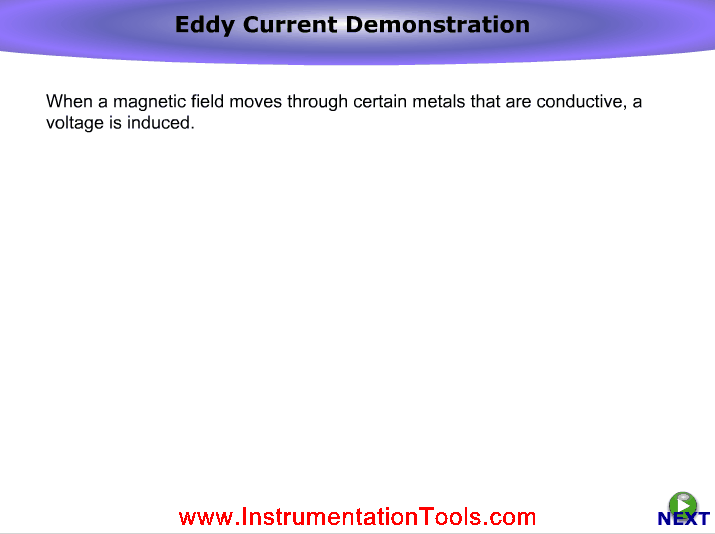
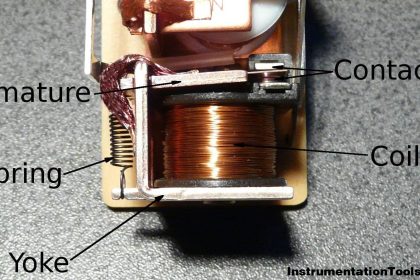
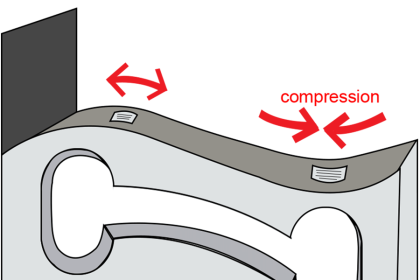
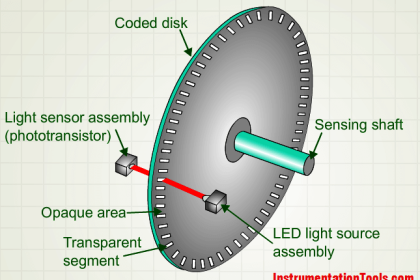
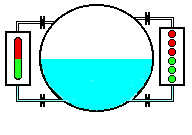
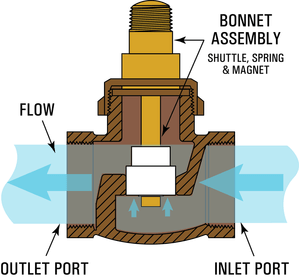

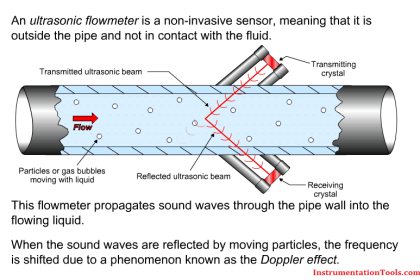
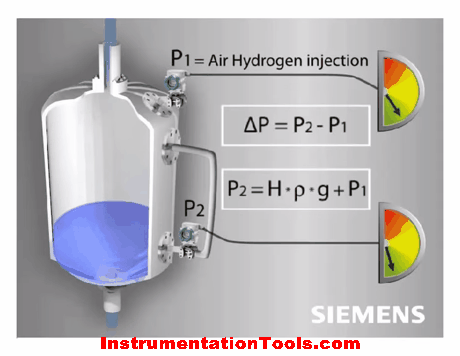
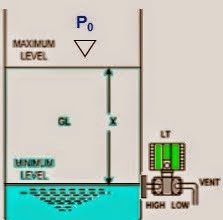
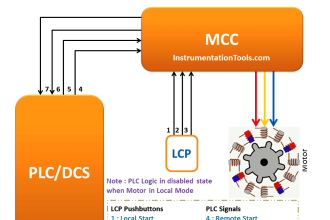
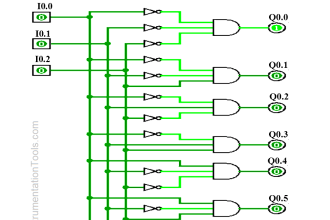

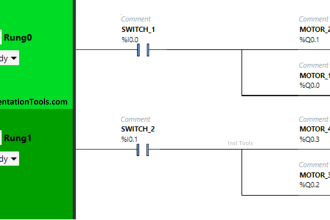
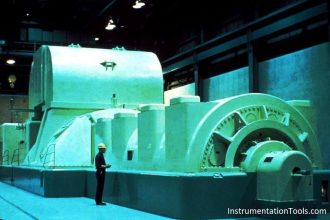
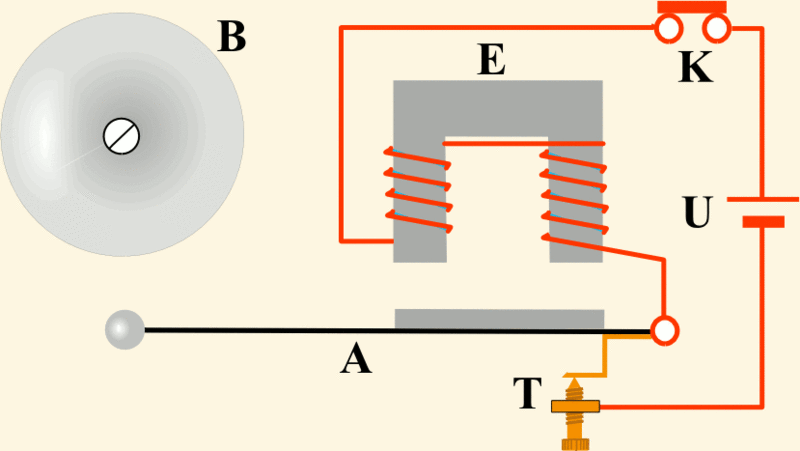
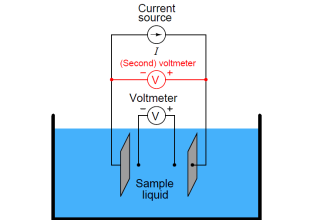

Very good and useful.
Good explanations, thank, really useful